You have discovered that your attic needs a bit more ventilation, but you have run into a small problem: it does not even have any existing soffits. This is something you may have thought standard with most homes, but how can you ventilate without soffits?
To ventilate your attic without soffits you can use gable vents, eyebrow vents, a venting drip edge, a shingle-over intake vent, wind turbines, or power vents. All are good alternatives if you cannot install soffit vents; however, a very important factor for good ventilation is good insulation.
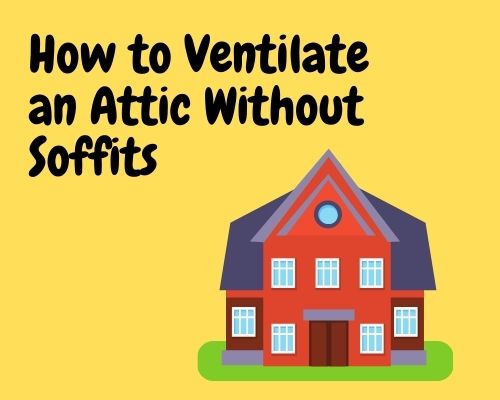
It may seem like a long road ahead trying to figure out what type of ventilation your attic needs, but there is certainly a solution out there for you. Continue reading to see the seven ventilation alternatives for homes without soffit vents, the ways attic insulation can affect attic ventilation, and ways to insulate your attic on your own.
1. Install Gable Vents
Many people who think about installing gable vents slightly cringe at the thought of them. Who wants a big, bulky vent smack on the side of their home bringing the most attention to the roof of their house? They may seem like an eye-sore, but modern technology has afforded homeowners some very aesthetically pleasing options that won’t distract from the beauty of your home, can blend in with your siding or brick, and work well to keep the attic ventilated.
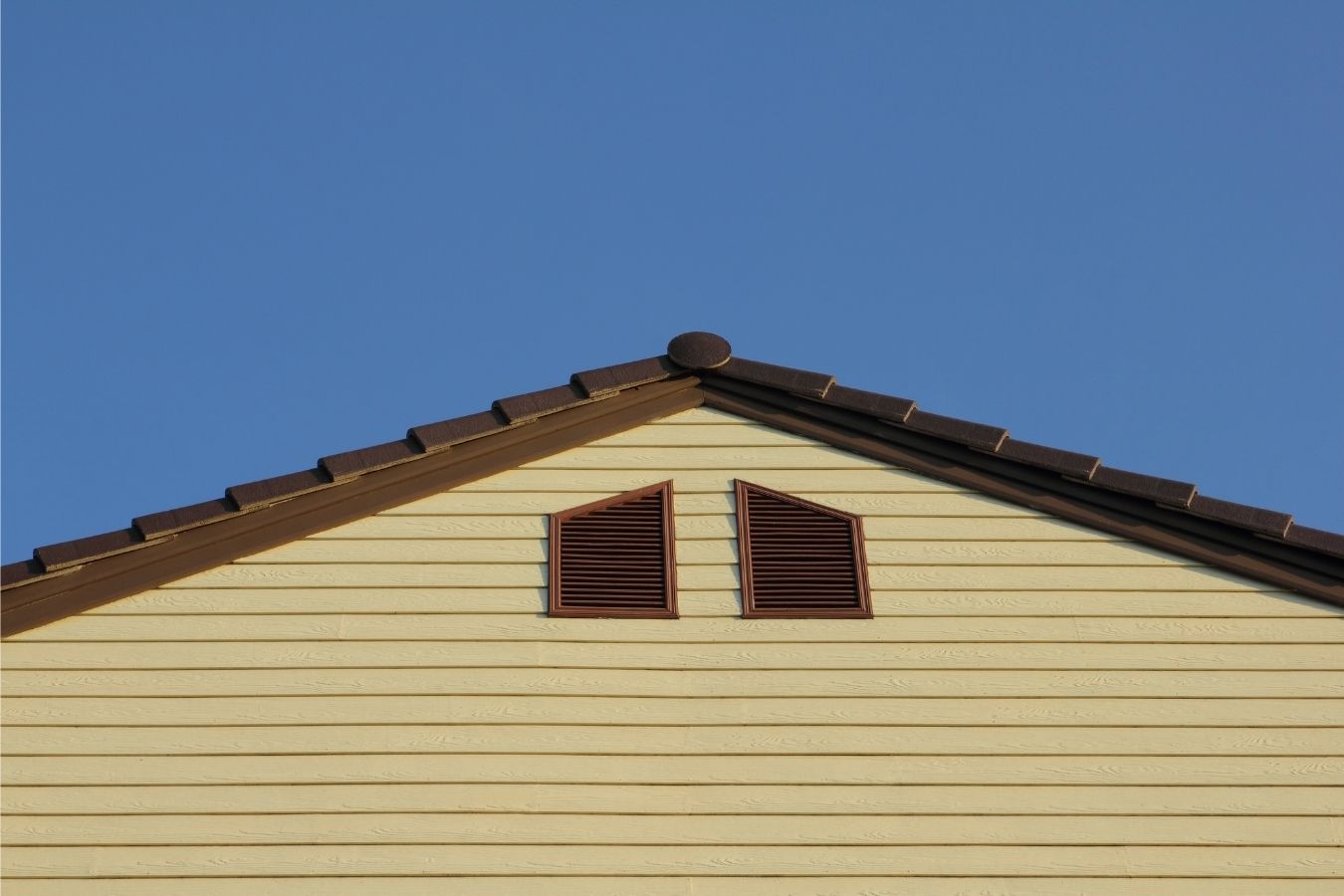
Gable vents are not as horrifying as they sound. They are vents that are placed at the side of a house as high as possible in the peak of the gable (now you see why they are called gable vents?). They work as intake and exhaust vents depending on which way the wind is blowing, so they do have a nice dual function. Because of where they are located on the roof, they do very well at allowing heat to escape from them, which obviously fares your attic well.
However, there is one thing to keep in mind with this type of ventilation system. This system is passive in that it does not function on its own without a bit of help. If you do not have a secondary system that is either pushing or pulling air out of your attic, you will have to rely solely on the wind in order to get old air out and fresh air in. Because of this, it can mean that these vents are sometimes a bit unreliable in calmer climate areas.
2. Install Eyebrow Vents
Gable vents are great, but as far as construction goes, they can be a big undertaking. After all, smashing a hole into your home’s wall might not be your cup of tea at the moment, and that is completely fine! If this is the case. Consider installing eyebrow vents. The name is nice, isn’t it? Seems a bit less intimidating, right? Adding these to your home is likely something you can do on your own if you do a bit of reading up and have a tall enough ladder.
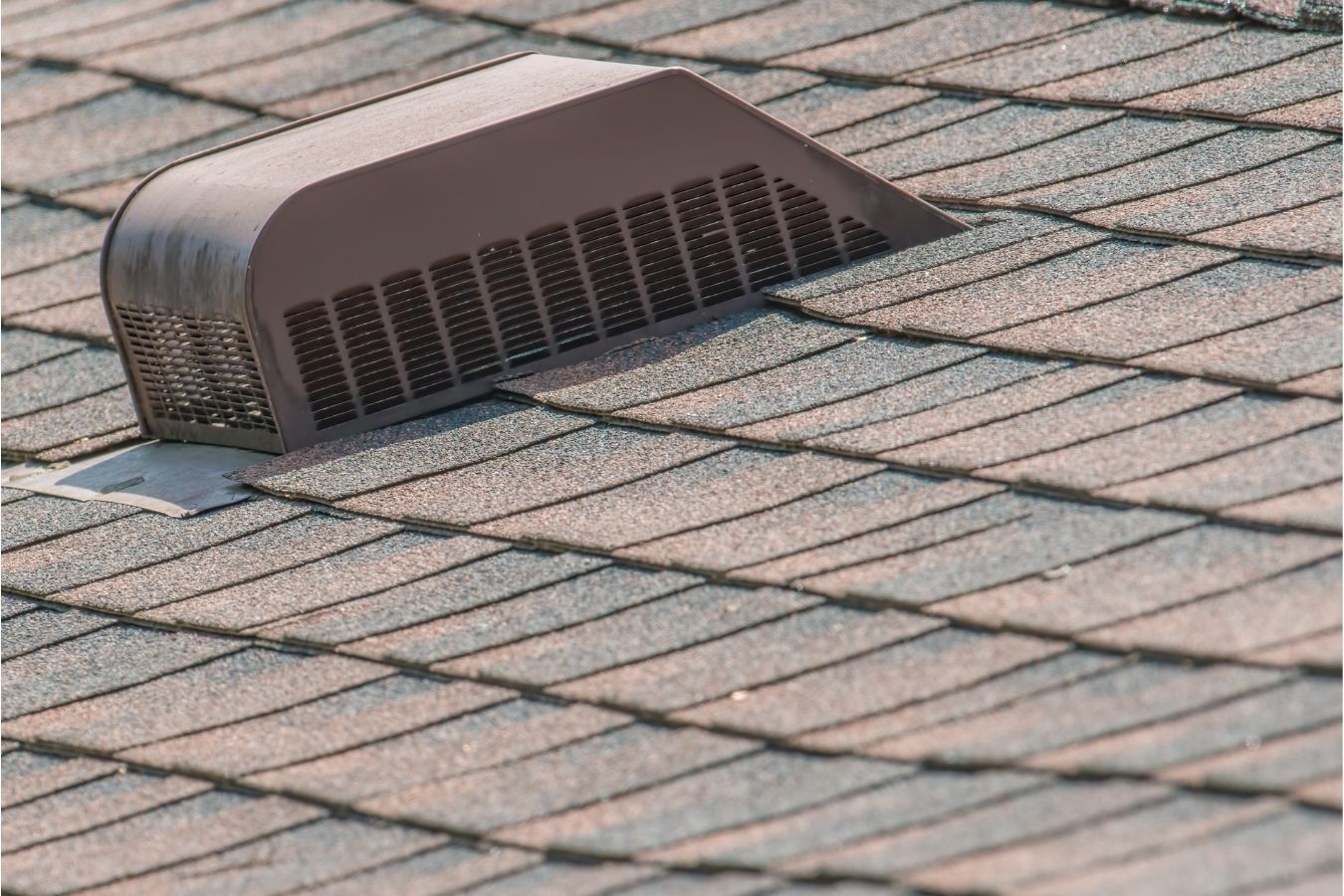
Eyebrow vents, or more formally, static vents, are metal cylinders that have a flashing collar and hood on them. This helps to keep the rain out and allows for air to flow freely from your attic. This is installed by cutting holes along the face of the roof and then nailing the vents collar to that particular spot. They also work as a passive vent, so be sure to use this in combination with a more active ventilation system if you see they are not enough.
3. Use a Venting Drip Edge
Using a venting drip edge is a very common alternative for those who do not have existing soffit vents or simply do not have the right roof layout to add them. A venting drip edge is actually pretty easy to install as well and very often, only takes a little bit of grappling with your roof to get the job done. Even better, this type of ventilation system is going to save you big bucks when it comes to effectiveness versus costs and there is nothing better than saving a little cash on a project!

With a venting drip edge, you will likely only have to remove about an inch off the part of your roof that covers the rafters on your roof. If you do not know what this is, either do a little digging or hire someone to get the job done quickly. After you have removed the inch, simply attach the drip edge and you are in business. This type of vent also works best when there is another vent that is pulling air from the attic, so use it in tandem with a vent on top of the roof.
4. Use a Shingle-Over Intake Vent
If you have a home that has a bigger-than-life attic and you are in need of a ventilation system that is able to take in and let out more air than most, consider installing a shingle-over intake vent. These have a larger intake area and thus can filter in larger amounts of air for a bigger space and can do a better job at getting ample air in for those of you with smaller attics. This can be a great solution for small spaces that don’t have secondary ventilation systems.
These vents are sneaky little boogers- but in a good way. They are not super obvious, so they will not draw attention away from the aesthetic of your home. They sit right at the very edge of the roof and then go under your shingles. Even better, if you live in an area that is prone to lots of snow and ice, these are great options since they are protected by the shingle and are not directly exposed to the elements. You do not see them and they work like a charm – double points for you!
5. Add Wind Turbines
I know, you hear the term “wind turbines” and you think “Ok, we definitely do not have the land for this.” Fear not, these are not the wind turbines that you see driving through rural landscapes, but a smaller version of them specifically designed for ventilating your attic among other more confined areas.
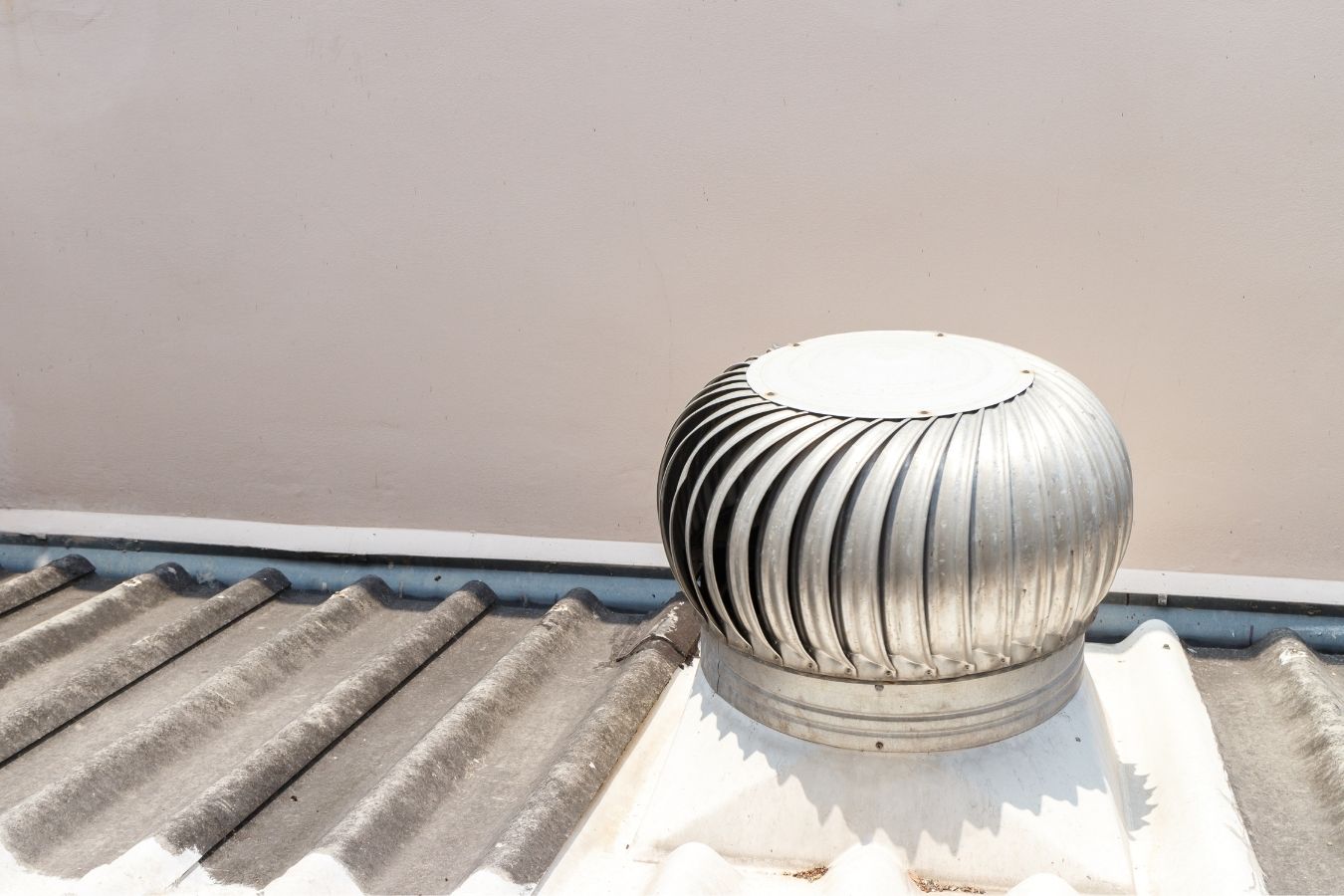
These cool little contraptions are made for places that have wind speeds regularly of 5 miles per hour or greater. The keyword here is “regularly.” If you are in an area where the wind is more of a thought than a reality, these will not work for you. You will want to consider another option.
However, if the wind is a regularity, then this can be a highly effective solution. Wind turbines are placed along the gable of your home and are also one of those great ventilation systems that are two-in-one.
They are able to work as an intake fan as well as an exhaust fan. With the right wind speed, they do a fantastic job getting fresh air in and letting warm air out. Due to their nature-reliant construction, they are super energy-efficient and can save you some serious money when it comes to your home’s energy expenses.
6. Incorporate Power Fans
This is going to a ventilation system that is active, rather than passive, but it also requires electricity in order to function. This ventilation system is one that is typically used for those attics that really refuse to comply with more passive methods, so use this as a back up if you need a little push for something that is already existing.
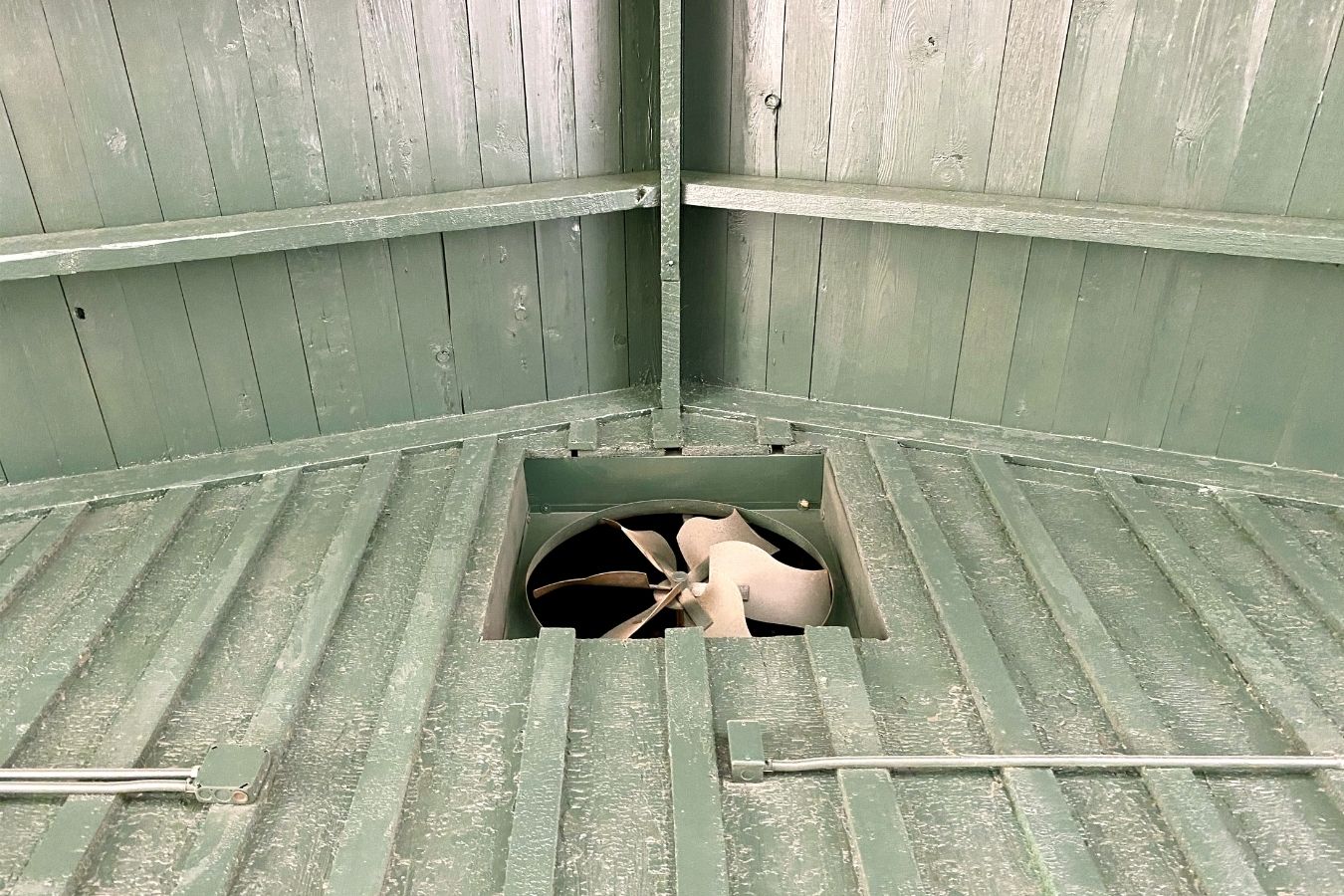
They work great in the summers, but should not be used alone in the wintertime because they are not great with removing moisture- something that will dramatically change the overall effect of ventilation.
Power fans are great if you want to use them every now and then on very hot days or for periods where the humidity is high in your area. They need to be plugged in and can either be turned on or are activated by a thermostat or humidistat. They are extremely powerful and are able to move tons of hot air out of your attic in a very short amount of time. With this power though, comes a lot of electricity use, so keep this in mind when your electric bill increases.
7. Add Effective Insulation
Even though ventilation is a must, there is one more thing that is going to keep your home protected and get your attics ventilation functioning at peak performance: insulation. Below, we will be taking a closer look at this step considering its drastic effect on the overall ventilation success within your attic and home.
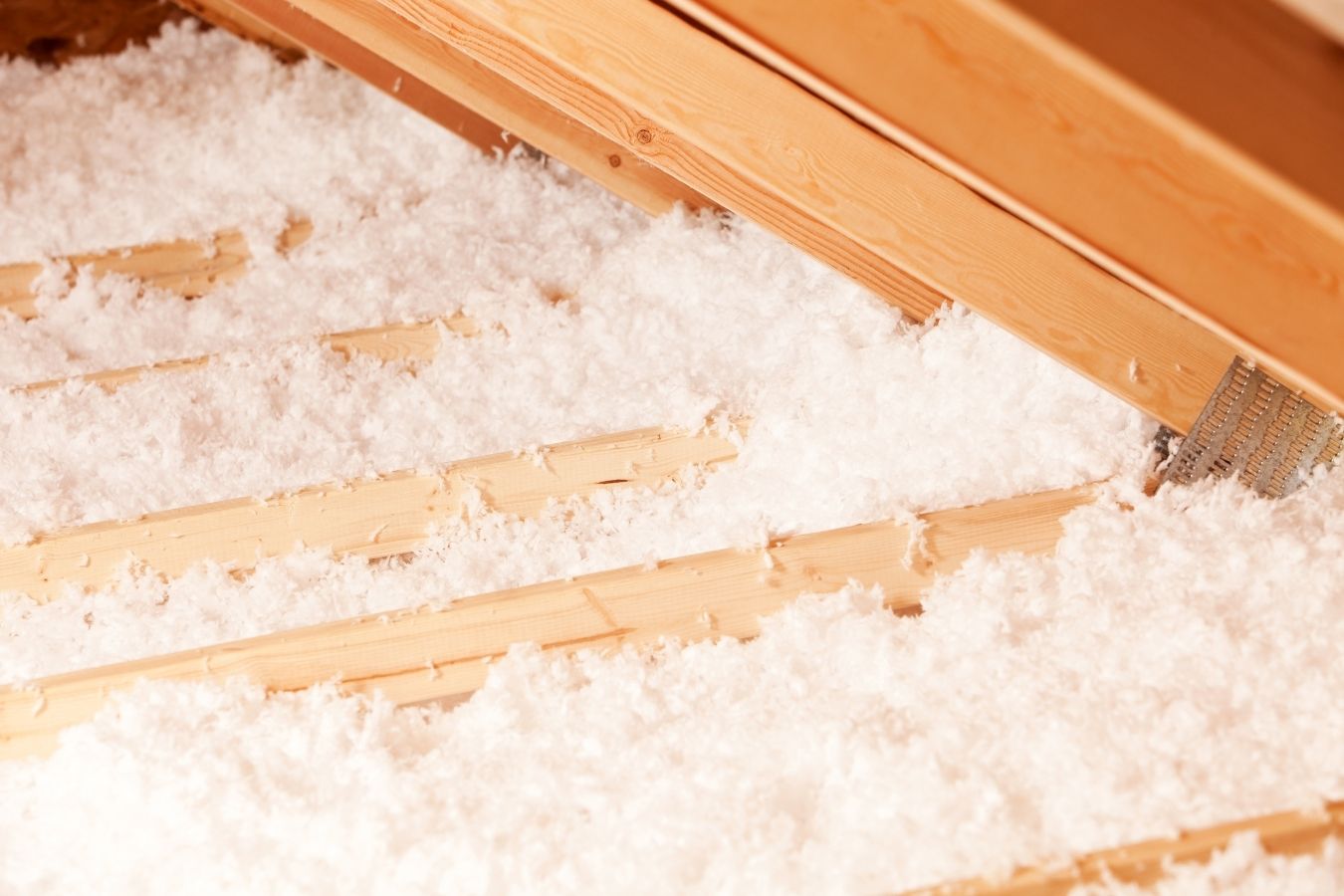
How Attic Insulation can Affect Ventilation
Now that we have taken a look at 7 ways to ventilate an attic without soffits, it is important to note how insulation can affect ventilation. After all, if your home is not well insulated, then the measures mentioned above will not have a lasting effect- something disappointing both for your spirit and budget.
Ventilation is an absolute must when it comes to your attic and maintaining your home. Even if you do not have soffit vents (a highly effective attic ventilation technology), there are plenty of options out there to either passively or actively ventilate your attic and make sure that you keep the structural integrity of your home in check.
Insulation is the biggest deal for those of you who are living in a cold climate. Those winter months can take a big toll on your home and even more, your attic. Heating all those spaces can cost a small fortune and you do not want to constantly wonder if the heat is staying in your house or escaping through the roof (because of course, heat rises). Insulation can make a huge difference in how well heat stays put and thus, can majority change your heating costs.
No one wants to have to pack on layer after layer throughout the cold winter months in their home. Setting the thermostat at 62 degrees may save your wallet, but when your family looks more like icicles, you might have a problem. Enjoy a warm home and keep all that hot air in your living spaces without it escaping through the attic. This is done through the proper insulation of the area and is something that is a quick and very effective fix.
Because hot air rises, if you have an improperly insulated attic, that hot air is able to escape through the attic and thus, out of your home. If this is happening, your ventilation systems will then be working against you as they will pull all that warm air straight out of the attic and into the winter air. This is great for the summertime, but when it comes to winter, there is nothing worse. This is why effective insulation is so important.
How to Insulate Your Attic to Ensure Effective Attic Ventilation
Have you ever had to paint a new house all on your own? I mean the inside – every bathroom, every bedroom, the kitchen, the century-old crown molding? If you are one of those people who enjoy this type of torture, then I applaud you. However, if you are more like me, then hiring someone to do this for you would have been the most idealistic option.
Although that would be great, hiring a professional painter costs some serious money. With this being the case, not all of us (aka me) can afford such a life-changing thing. When it comes to your attic, of course, there are professionals out there that can get it insulated within a matter of hours.
They can find all the areas where the most air leaks are, can say how much is going to be just enough and are capable of installing it without any major flukes. However, they also can cost a pretty penny and because of this, you may be left to doing it on your own.
Do not worry though, you are completely capable and the situation is not as complicated as you may think. If you are really wanting to make sure that your attic is not sucking energy from your home and can properly ventilate, you first want to start with the attic floor. Although this may be a place of storage for you, it is the first step to stopping air from escaping. Take the goods off the floor of your attic and put some insulation down, this will make the biggest difference.
1. Choose the Right Type of Insulation
You also want to choose the type of insulation that you will be using. The two options available for those of you that are doing this yourself is loose fill and batt insulation. Loose fill is just as it says – loose. Batt is the type of insulation that looks more like a blanket and it is easily pulled off and laid on. You want to see which of these is going to work best for your attic’s particular personality and then move forward with purchasing.
2. Consider Loose Fill Insulation
Loose insulation is used for those really pesky areas that are hard to cover. It is able to conform more easily than batt insulation and thus, can get into areas that other types of insulation normally could not. Even more, it is going to do a more effective job at insulating those spaces. This characteristic also makes it extra great for attics that are difficult to get around in or in attics that have lots of gaps to be filled on top of existing insulation.
3. Consider Batt Insulation
Batt insulation looks like a giant roll of the plushest toilet paper you have ever seen. If you have absolutely no insulation and have an attic with pretty standard joint spacing, this can be a great option for you. No machinery is required for installation and it can be done quickly and easily without too much fuss. Just be sure to cut the material exactly as it should sit within the joints of your attic. Too much spacing and your insulation efforts could be all for not.
4. Evaluate Your Home’s Target R-Value and Begin the Insulation Process
Once you have decided the type of insulation that you will be using, you want to rid your attic of any old existing insulation or make sure that what is there is working. If you suspect asbestos, be sure to leave it and get it tested before deciding to go forward with the removal.
Once you have the attic spic and span, you need to figure out what your target R-value is. The Department of Energy has a different list for different climates.
Be sure to check these to ensure you are getting the right value for the location that you are living in. After this, get the measurements for your attic and get to buying. Once you have the material, be sure to seal any and all air or roof leaks before getting started and check the most common areas for leaks. Once this is done, suit up in appropriate protective gear and get to insulating. Be patient and be thorough and you will have another DIY project done!
